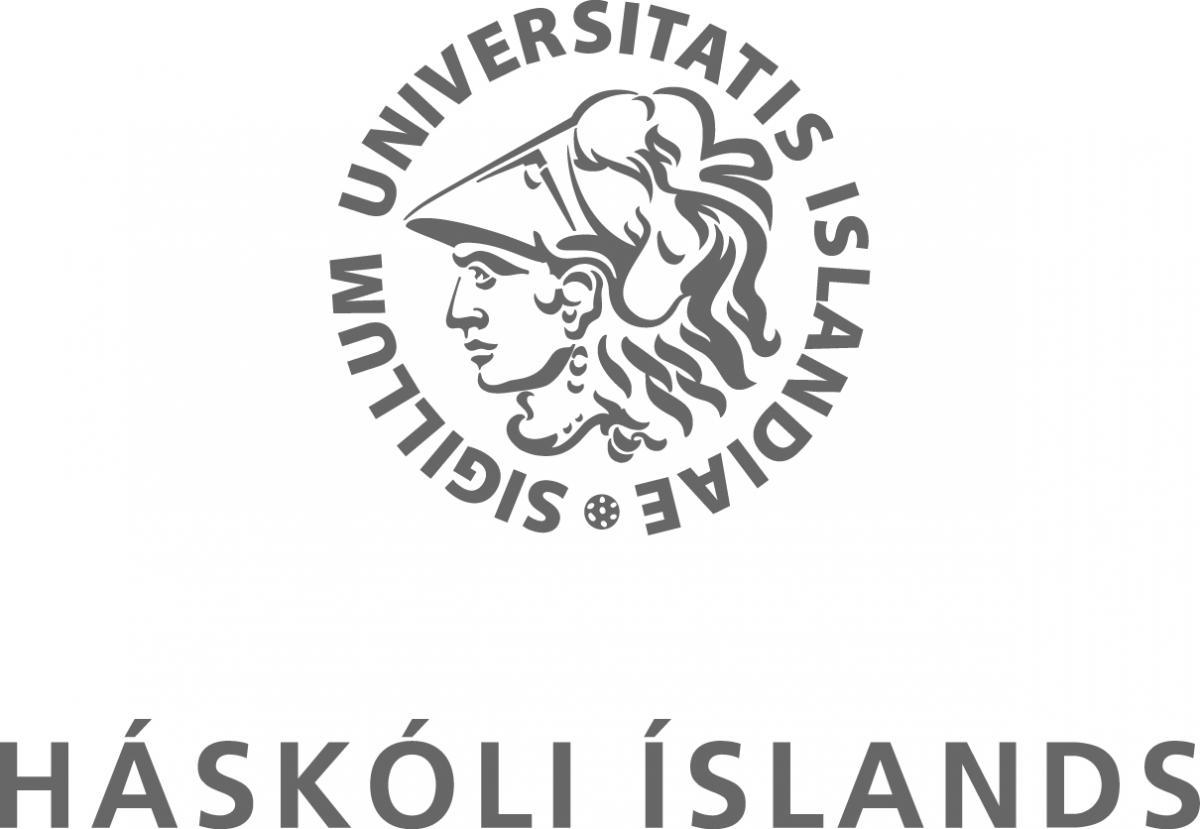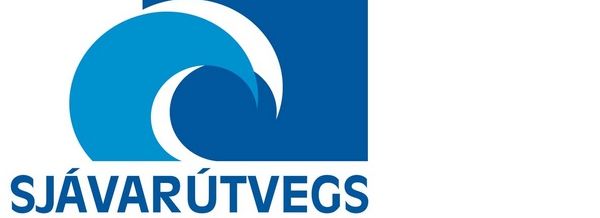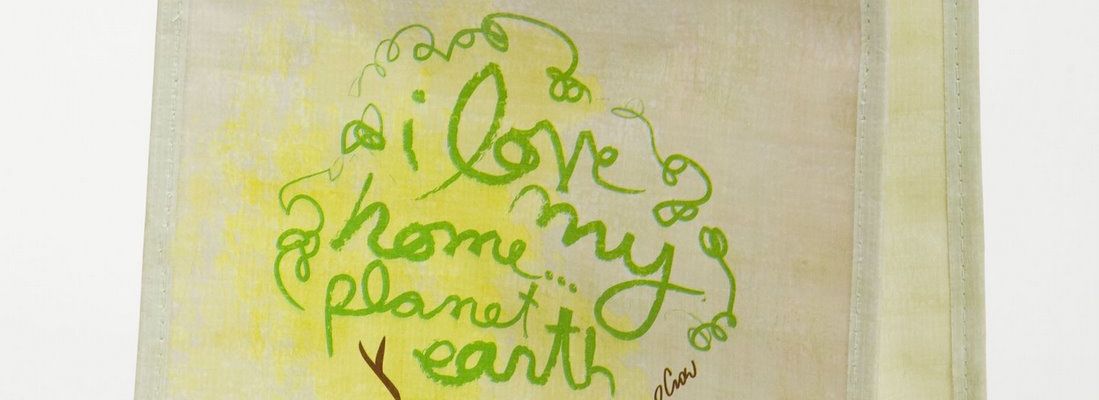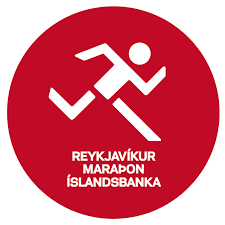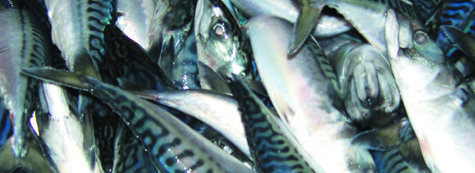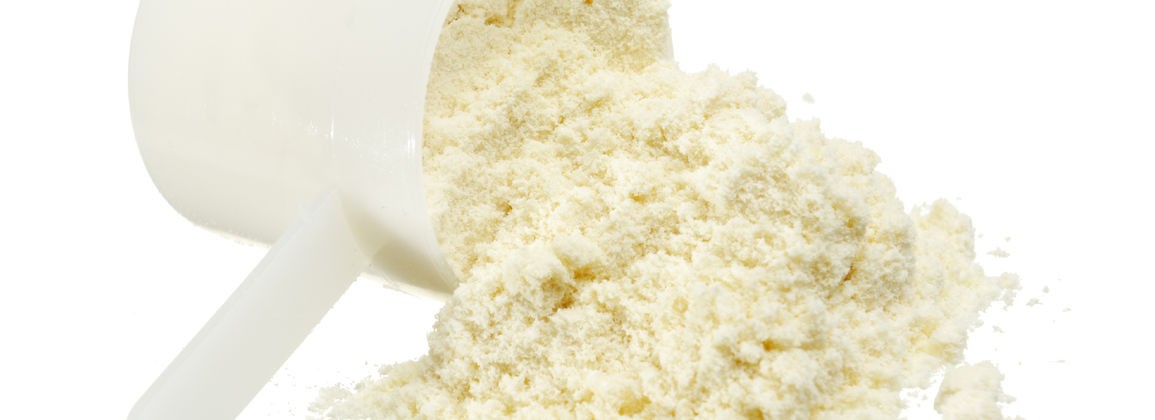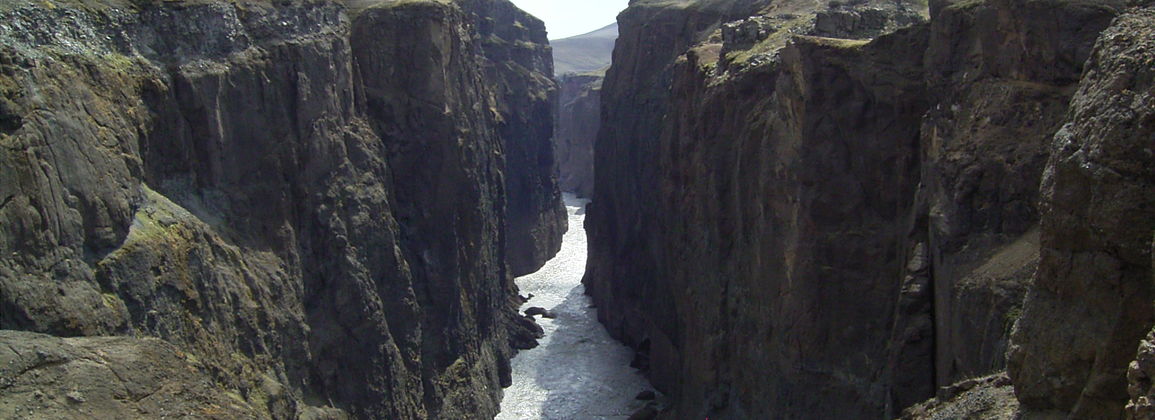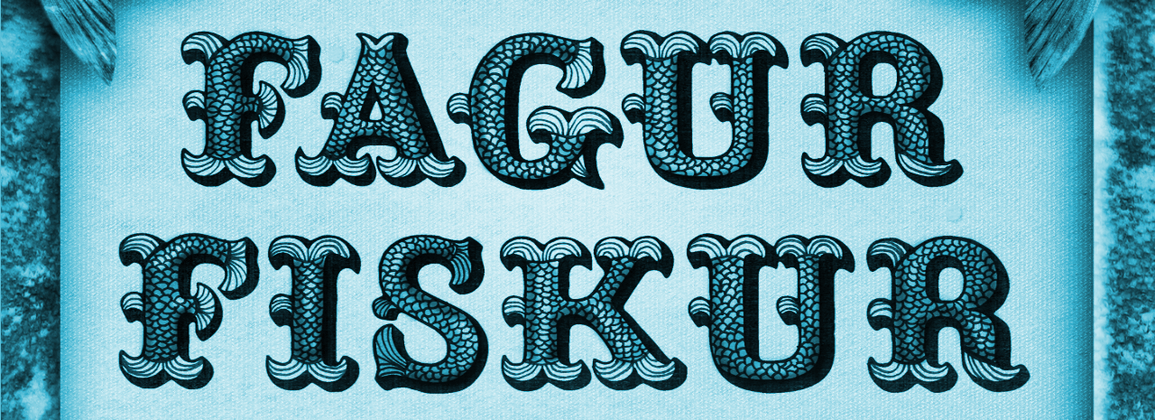On Monday 6 September, a doctoral defense will take place at the Faculty of Food and Nutrition, University of Iceland. Food scientist Þrándur Helgason is defending his doctoral dissertation "Micro ferries for bioactive substances"
Doctoral dissertation in food science from the Faculty of Food and Nutrition at the School of Health Sciences, University of Iceland
Micro-ferries for bioactive substances
On Monday 6 September, a doctoral defense will take place at the Faculty of Food and Nutrition, University of Iceland. The food scientist Þrándur Helgason is defending his doctoral dissertation "Formation of Solid Lipid Nanoparticles as Delivery Systems for Bioactive Ingredients". John Coupland Professor at Pennsylvania State University and dr. Ragnar Jóhannsson division manager at Matís ohf. Supervisors and the doctoral committee were dr. Kristberg Kristbergsson, professor at the Faculty of Food and Nutrition, University of Iceland, dr. Jochen Weiss, professor at the University of Hohenheim in Stuttgart, Germany and dr. D. Julian McClements, Professor at the University of Massachusetts, Amherst, USA.
Dr. Inga Þórsdóttir, professor and dean of the Faculty of Food and Nutrition, will chair the ceremony, which will take place in the Celebration Hall of the University of Iceland in the Main Building and will begin at 13:00.
Abstract from the study
An increase in food-related diseases such as obesity, cardiovascular disease and hypertension has led to a huge increase in interest in developing foods that contain bioactive substances that can help control these diseases. Studies have shown that such diseases can be significantly reduced by making certain bioactive substances part of the daily diet. The problem is that many of these bioactive substances are very unstable and do not tolerate the usual processing and storage of food. This is especially true for substances such as omega-3 fatty acids, b-carotene and lycopene that are broken down and not utilized. Problems with stability mean that much less of these substances are used than is desirable in common foods. The purpose of this project was to develop special micro-ferries as carriers for health-enhancing bioactive substances that can be added to foods to ensure their stability and effective absorption during digestion. The micro-ferns were made from substances common in foods such as certain fats, phospholipids and emulsifiers that were specially designed to increase stability and improve the uptake of bioactive substances. In the project, the stability of substances and their activity were assessed.
About the doctoral dissertation
Þrándur Helgason was born in 1980 and completed a BS degree in food science at the University of Iceland in 2004. He defended his master's thesis in food science at the University of Iceland in 2006 and was subsequently hired as a doctoral student at the University of Iceland in collaboration with the University of Massachusetts. part of the experimental work. In 2009 he moved to Stuttgart, Germany, where research was continued. Þrándur is the son of the couple Helgi Jóhannesson and Elín Sigurbjörg Jónsdóttir. Thrond's wife is Hanna Salminen.
For further information, contact Þrándur Helgason, e-mail thrandur@hi.is, phone 00491606034768 or Kristberg Kristbergsson, professor, email kk@hi.is, phone 525-4052.
See also the website of the University of Iceland:
See also the website of the University of Iceland: www.hi.is/

